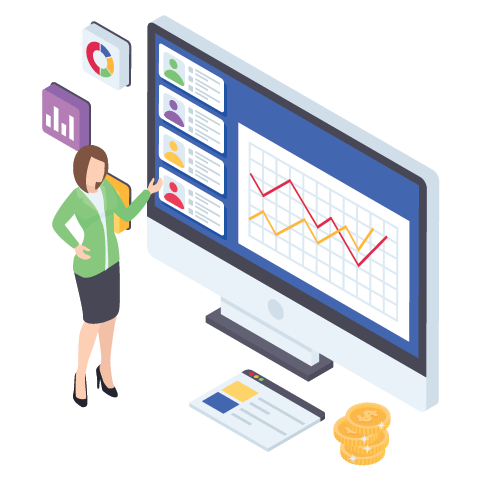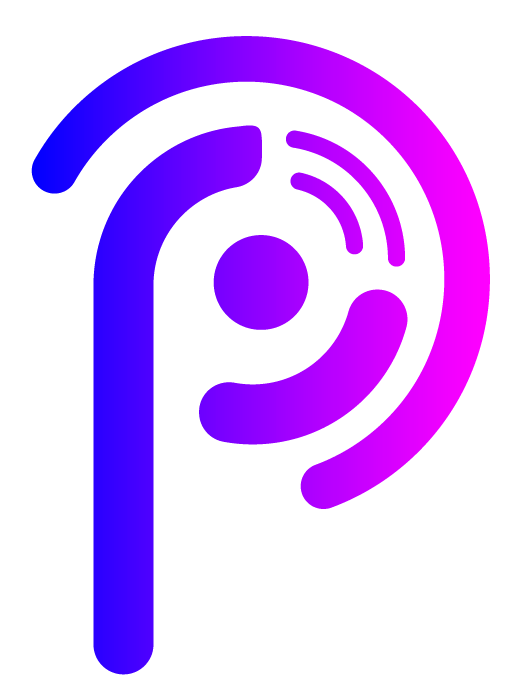
EDGE COMPUTING
IoT edge devices are essentially any electronic devices that are connected to the internet and collect, process data locally at the source, before transmitting it to a central location. They are the workhorses of the Internet of Things (IoT), acting as the bridge between the physical world and the digital world.
PEZALA EDGE COMPUTING
As a student or researcher interested in Edge Computing, there are various ways to get involved and learn more about this field.
- Industrial automation: In factories, IoT edge devices can be used to monitor machines, track inventory, and optimize production processes.
- Smart buildings: In buildings, IoT edge devices can be used to control heating, ventilation, and air conditioning (HVAC) systems, monitor energy use, and improve security.
- Precision agriculture: In agriculture, IoT edge devices can be used to monitor soil moisture, track crop growth, and optimize irrigation.
- Wearable devices: Wearable devices, such as smartwatches and fitness trackers, are a type of IoT edge device that can be used to collect data about a person's health and activity.
- Develop your own Edge Computing projects: If you have the technical skills, consider building your own Edge Computing projects. This can be a great way to apply your knowledge and demonstrate your abilities to potential employers.

The use of IoT edge devices is expected to grow rapidly in the coming years, as businesses and organizations increasingly look to improve efficiency, reduce costs, and gain new insights from their data.
ADVANTAGES
Pezala Edge Computing Platform Advantages.
Learning
The foundational knowledge of networking, cybersecurity, and distributed systems is crucial for understanding how edge computing interacts with these areas.
Developing for edge devices
Programming for resource-constrained devices with limited processing power and memory requires familiarity with embedded systems and specialized programming languages.
Understanding core principles
Grasping the basic idea of processing data closer to the source and its benefits shouldn't be too challenging. Many resources explain edge computing with clear analogies.
Existing IT knowledge
If you have a solid understanding of cloud computing and networking, the transition to edge computing concepts might be smoother. You can build upon your existing knowledge to understand how edge computing complements or integrates with cloud systems.
Focus on specific applications
Choose an area that interests you, like smart cities or industrial automation, and learn how edge computing plays a role in those applications. This can make the learning process more engaging.
Hands-on experience
Experiment with edge computing platforms or simulators to gain practical experience with deploying and managing edge devices.
The field of edge computing is constantly evolving, so staying updated with the latest trends and technologies is important.
The security considerations for edge devices are unique, so familiarizing yourself with edge security best practices is essential.
